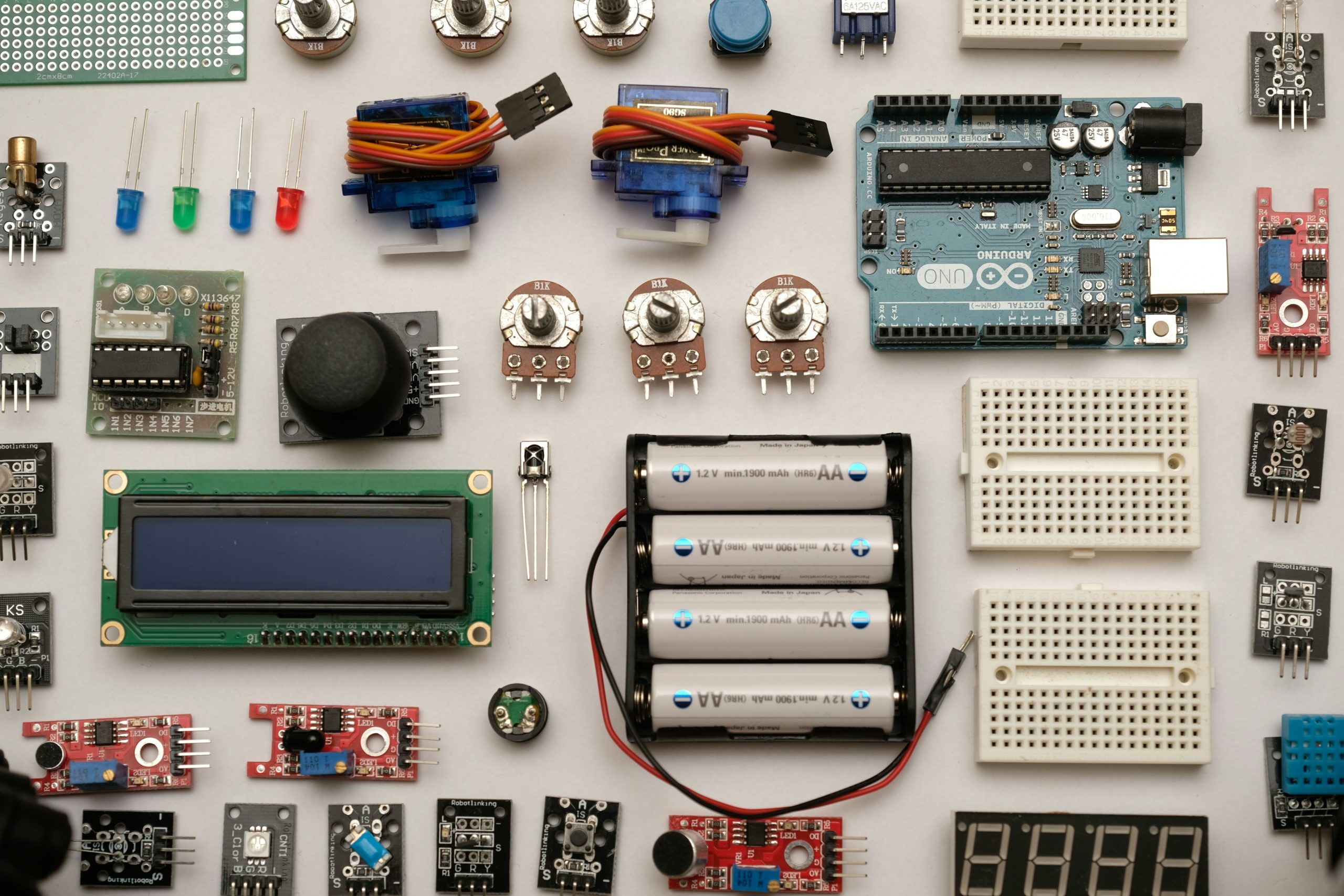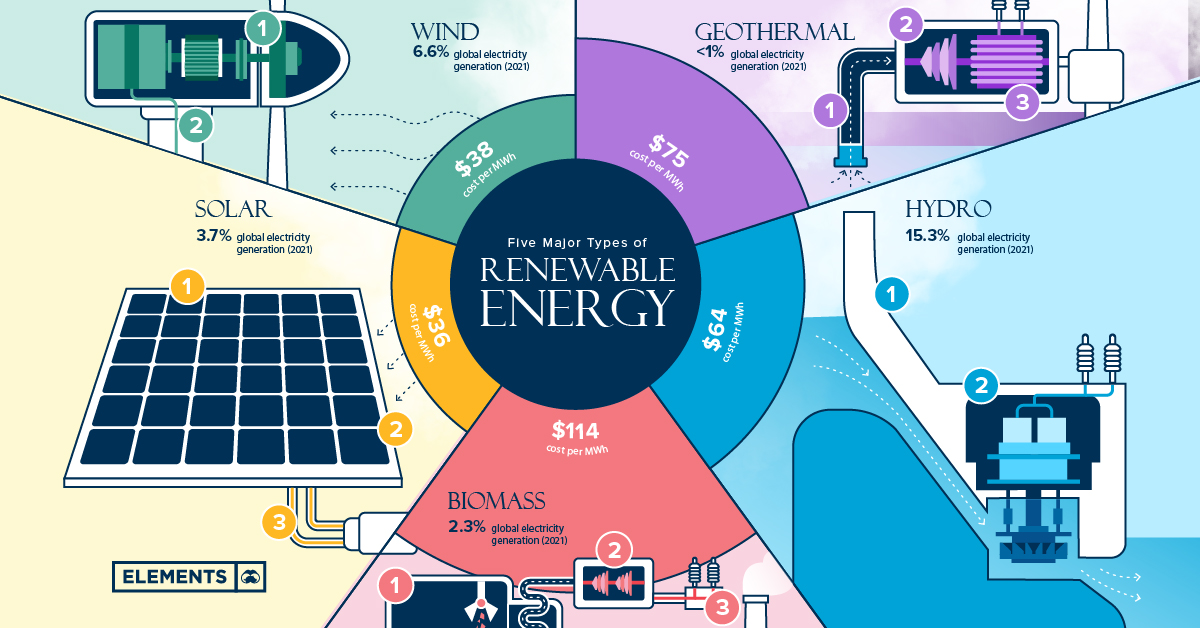The Science of Energy Efficiency: Tips for Reducing Your Carbon Footprint
The Science of Energy Efficiency: Tips for Reducing Your Carbon Footprint ===
Energy efficiency is vital in maintaining a sustainable future for our planet. It’s time we take a serious look at our energy consumption and make changes to reduce our carbon footprint. The good news is that energy efficiency is achievable without sacrificing comfort or convenience. With the right knowledge and a few simple adjustments, we can all be greener and more eco-friendly.
In this article, we will explore the science behind energy efficiency and offer simple tips for reducing your carbon footprint. From lightbulbs to insulation, we will show you how to master your energy consumption habits and make a positive impact on the environment.
Energy Efficiency 101: Simple Tips for a Greener You
- Unplug appliances when not in use: Even when turned off, appliances can still consume energy when they are plugged in. Unplug your phone charger, toaster, and other appliances when not in use to save energy and reduce your carbon footprint.
- Use energy-efficient lightbulbs: Energy-efficient bulbs like LEDs and CFLs use less energy than traditional incandescent bulbs, last longer, and emit less heat. They may cost more upfront, but they can save you money in the long run while reducing your carbon footprint.
- Lower your thermostat: Lowering your thermostat by just one degree can make a big difference in your energy consumption over time. Wear warmer clothes or use a warm blanket to stay cozy, and you’ll save energy and money in the process.
From Lightbulbs to Insulation: Mastering Your Carbon Footprint
- Insulate your home: Insulating your walls, attic, and floors can reduce heat loss during the winter and prevent heat gain during the summer. Proper insulation can save you money on heating and cooling costs and help reduce your carbon footprint.
- Upgrade to energy-efficient appliances: When it’s time to replace your old appliances, choose energy-efficient models. Look for the ENERGY STAR label, which indicates that the appliance meets strict energy efficiency guidelines set by the U.S. Environmental Protection Agency.
- Reduce water usage: Conserving water can also help reduce your carbon footprint. Fix leaks, take shorter showers, and use a low-flow toilet to save water and energy. You can also install a rain barrel to collect rainwater for your plants and garden.
Reducing your carbon footprint doesn’t have to be difficult or expensive. By making small changes to your energy consumption habits, you can help protect the environment and save money on your energy bills. From unplugging appliances to insulating your home, every little bit helps. Start today and master your carbon footprint for a greener tomorrow.













